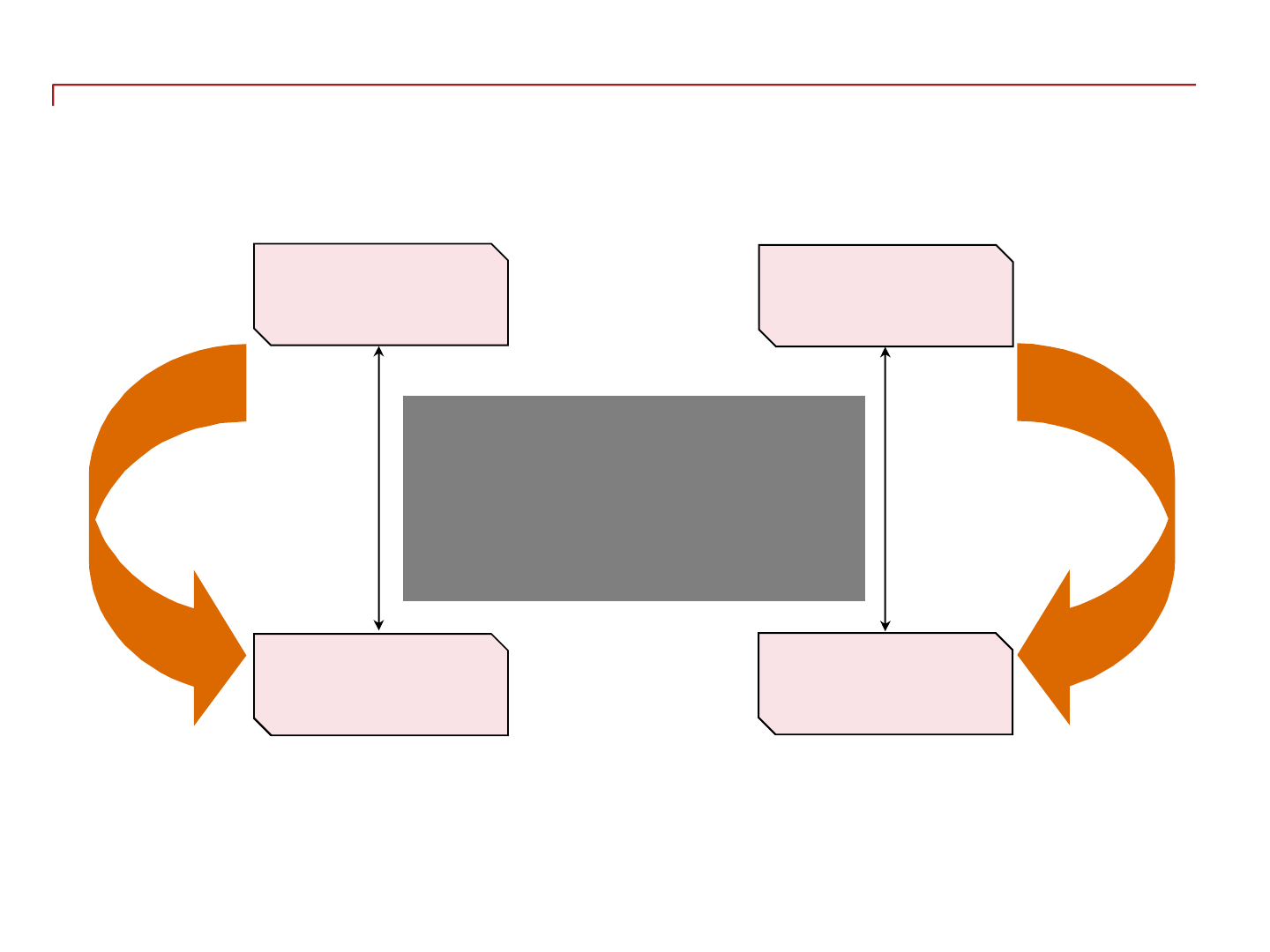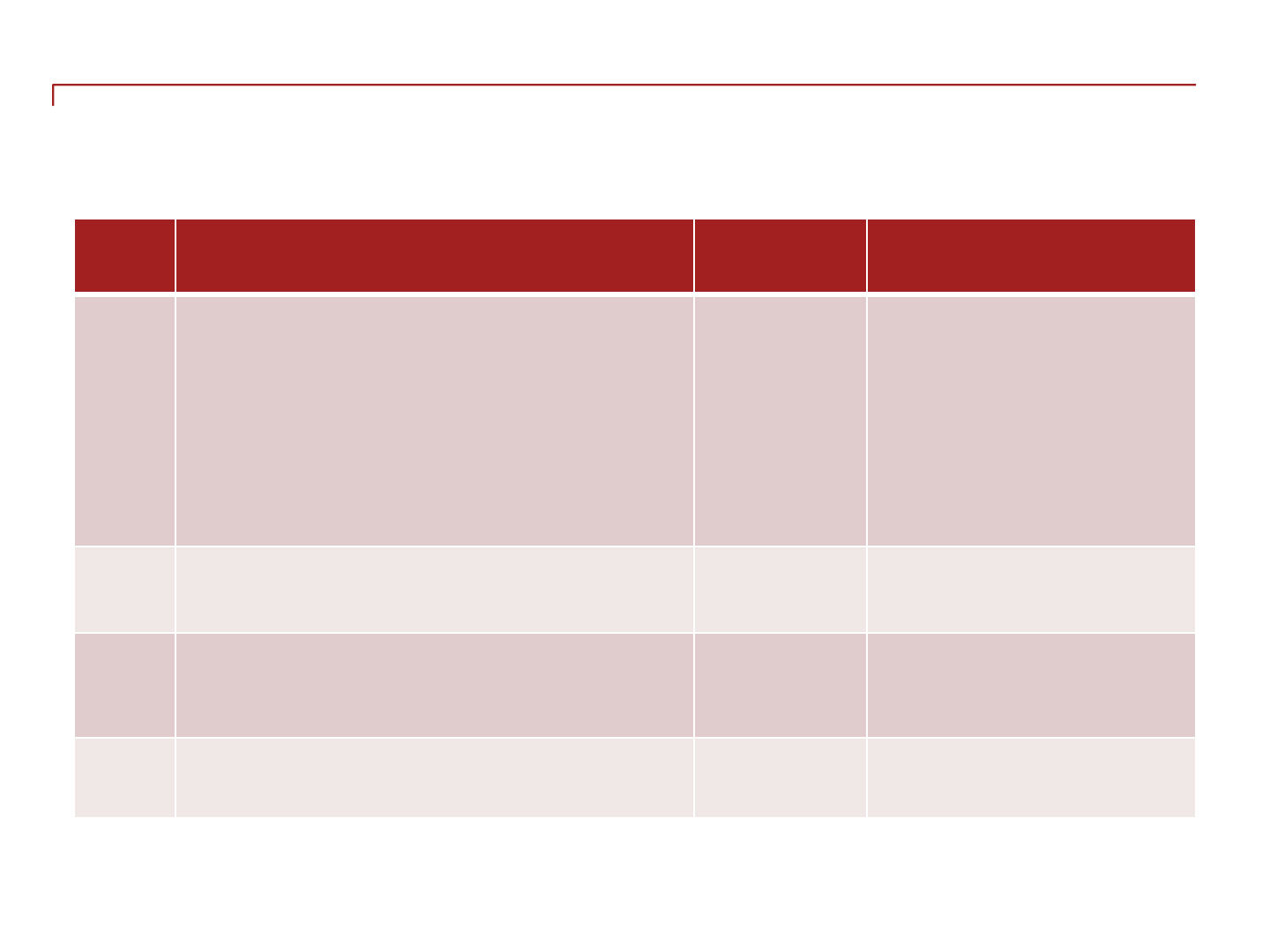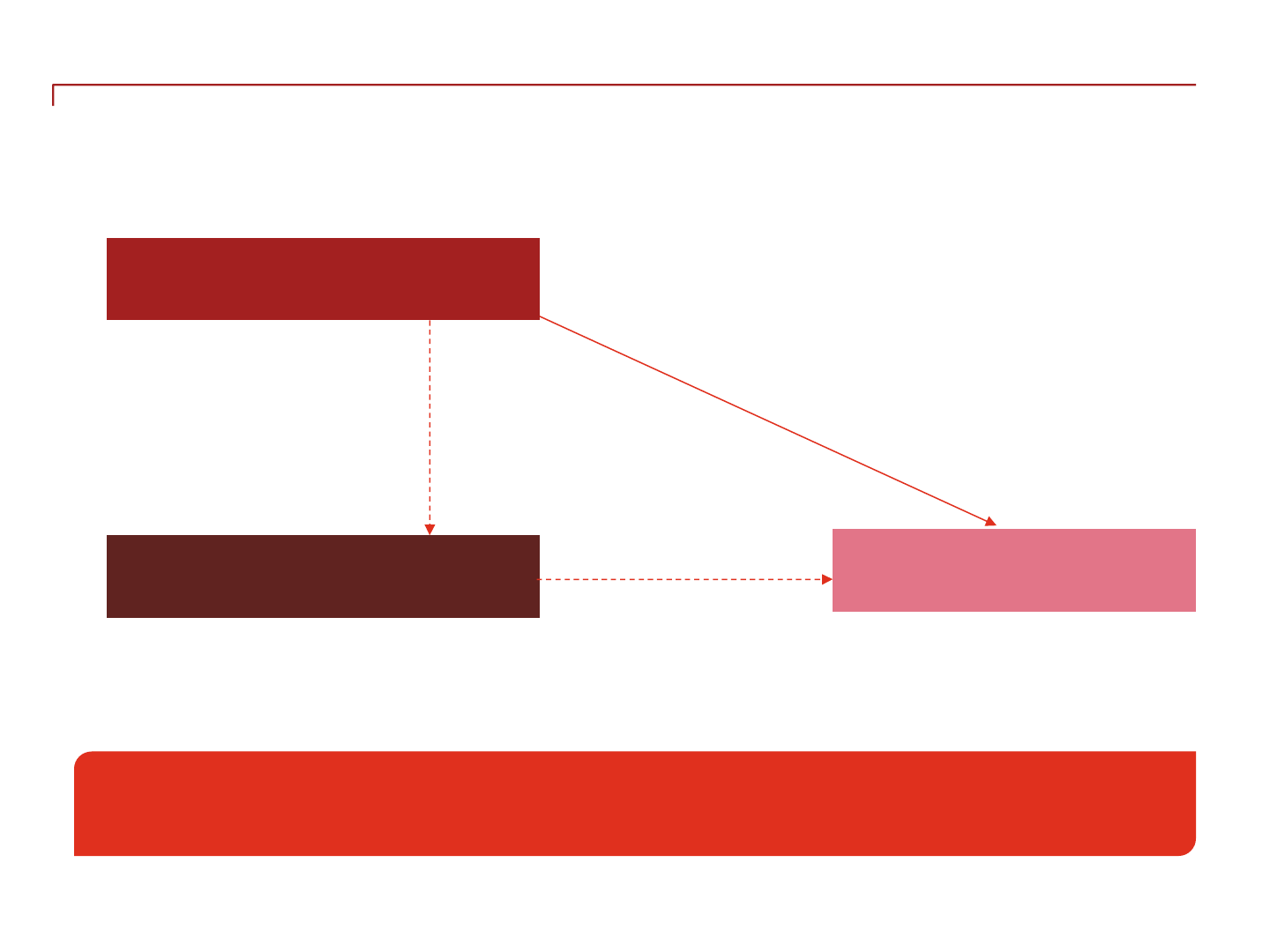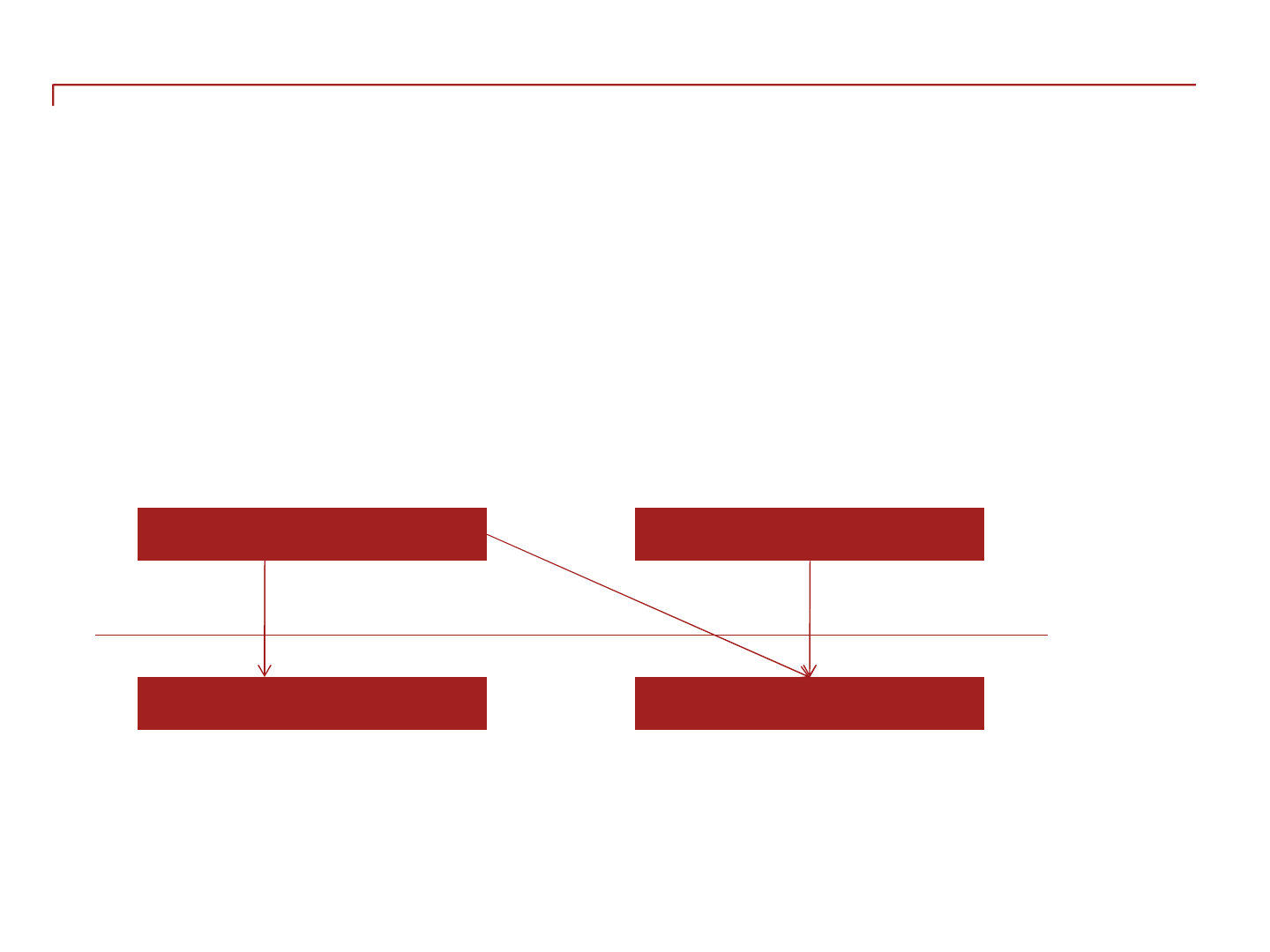
Basics of Transfer
Pricing
Amith A Prabhu
October 14, 2016

News on TP : Year 2015
Source Date Title
Economic Times May 21, 2015 CBDT is looking to settle 120 TP disputes – Signing
of APA’s
Economic Times Feb 28, 2015 SDT threshold raised from Rs. 50mn to Rs. 200mn
Business Standard May 21, 2015 Release of draft norms for “range concept”
Economic Times Jan 26, 2015 APAs to draw investments from major
US companies
Times of India Jan 24, 2015 India is ready to commit to sign bilateral advance-
pricing agreements with US companies
Business Standard Mar 16, 2015 Finance Ministry notifies the rollback rules for
TP cases
TP is clearly a focus area of Indian Tax Department!
Basics of Transfer Pricing

Basics of Transfer Pricing

Other highlights…
• Constitution of special benches for TP cases in major cities.
• Independent specialized bench set up for disposing DRP appeals.
• Introduction of Roll back mechanism in APA.
• Aggressive TP audits (assessments).
• Introduction of guidelines for application of range concept and use of
multiple year data.
• Increase in Specified Domestic Transactions (‘SDT’) threshold from
INR 5CR to INR 20 CR.
• India ranked #1 on TP Week’s Top 10 Toughest Tax Authorities for TP.
• India contributes to more than 70% of the TP global disputes
(in numbers).
With so much happening in India important to understand why TP!
Basics of Transfer Pricing

Why TPWhy TP
• More than 60% of the world trade takes place within
multinational enterprises leading to complex issues emerging from
transactions entered between enterprises belonging to same Group;
• General tendency to control profits and transfer the same to low tax
heavens Need for regulation to monitor the possible erosion of
tax base;
• Introduction of legislation felt essential by Governments for protection
of their respective tax base;
• OECD issued TP guidelines for MNEs and Tax Administrations in 1979
(amended in 1995 and then in 2010);
• Base Erosion and Profit Shifting Action Plans introduced
in October 2015
• Need for ‘arm’s length’ pricing principle.
Basics of Transfer Pricing

Arm’s length principleArm’s length principle
International transactions
• goods
• services
• intangibles
• loans
Independent
entity
Resident
Associated
enterprise
Resident
Transfer
price
Arm’s length
price
Slide 6
Basics of Transfer Pricing

India
Need for Transfer Pricing Legislation
US
India
US
Singapore
Selling Price 120
Purchase Cost 100
20
Selling Price 100
Total Cost 50
50
Selling Price 120
Purchase Cost 100
20
Selling Price 100
Purchase Cost 60
40
Selling Price 60
Total Cost 50
10
Slide 7
Basics of Transfer Pricing

What do you think about this situation??What do you think about this situation??
Multinational
Country A Country B
Assets
Functions
Risks
Profits
$$ $$$$$$$$$$
Slide 8
Basics of Transfer Pricing

Transfer Pricing – The Genesis
Slide 9
Transfer pricing
refers to the pricing of
cross-border
transactions between
two associated
entities.
When two related
entities enter into any
cross-border
transaction, the price at
which they undertake
the transaction is
‘transfer price’.
Due to the
special relationship
between related
companies, the transfer
price may be different
than the price that
would have been agreed
between unrelated
companies.
Price between
unrelated parties in
uncontrolled
conditions is known
as the “arm’s length”
price (ALP).
Basics of Transfer Pricing

Indian TP Regulations …
• Erstwhile Section 92 of the Income-tax Act, 1961 (‘the Act’) :
- was general in nature and had a limited scope
- did not allow adjustment to income of non-residents
- referred to ‘close connection’ which was undefined and vague
- had provisions for adjustment of profits and NOT PRICES
- the relevant rule 11 for estimating profit was not scientific
- did not apply to individual transactions like payment of royalty
- no rules prescribing documentation requirements were in existence
• India introduced Chapter X in the Income-tax Act (‘the Act’) , 1961
from April 2001 for TP provisions : Based on OECD guidelines
• Indian TP legislation aimed at computation of reasonable, fair & equitable
profits & tax in India
Slide 10
Basics of Transfer Pricing

… Indian TP Regulations
• Sections 92 to 92F of the Act read with rules 10A to 10E referred to as
framework of Indian TP legislation.
• Various circulars, notifications and administrative instructions issued
by CBDT.
• Is still in evolving stage taxpayers seek clarity on various matters.
• Subject to interpretation by Tribunals : reports state that virtually one
case per day churned out by ITAT 500+ case laws by ITAT, High
Court and Supreme Court (maximum by ITAT).
• Key ruling in the case of Vodafone on issue of shares.
• Domestic TP, Safe harbour and APA introduced.
• E-filing of Form 3CEB introduced.
Slide 11
Basics of Transfer Pricing

Compliance requirements
Requirement Reference Particulars
Documentation Section 92D read
with Rule 10D
Tax payers required to maintain prescribed
information & documentation
mandatory updation essential
Accountant’s Report Section 92E read
with Rule 10E
In the prescribed Form 3CEB to be filed
along with the return of income
irrespective of value of international
transactions
Stringent penalties for non-compliances…
Slide 12
Basics of Transfer Pricing

Penal consequences
Sr.
No.
Type of penalty Section Penalty quantified
1
• Failure to maintain prescribed
documentation,
• Failure to report transactions, or
• Maintenance or furnishing of
incorrect information or document
271AA 2% of transaction value
2
Failure to furnish information/
documents during assessment
271G 2% of transaction value
3
Adjustment to taxpayer’s income
during assessment
271 (1) (c)
100% to 300% of tax on
adjustment amount
4 Failure to furnish accountant’s report 271BA INR 100,000
Slide 13
Basics of Transfer Pricing

Relevant provisions
• 92: Computation of income from
international transaction as per ALP
• 92(2A): Domestic TP: allowance for
expenditure, interest, cost or expense or
income in relation to SDT to be computed
having regard to ALP
• 92A: Meaning of associated enterprise
• 92B: Meaning of international transaction
Amended by Finance Bill 2014 to apply
TP rules to transactions with a
domestic unrelated party under
specified conditions
• 92BA: Meaning of Specified Domestic
Transaction
• 92C: Computation of arm’s length price
• 92CA: Reference to Transfer Pricing Officer
• 92CB: Power to make Safe Harbor Rules
• 92CC: Advance Pricing Agreement (APA)
Amended by Finance Bill 2014 to
include roll back provisions
• 92CD: Effect to Advance Pricing Agreement
• 92D: Maintenance of information &
documents
• 92E: Accountant’s report
• 92F: Definition section
Rules
• 10A:Meaning of expressions used in
computation of arm’s length price
• 10AB: Other method for determination of
arm’s length price
• 10B: Determination of arm’s length price u/s
92C
• 10C: Most appropriate method
• 10D: information and documents to be kept
and maintained u/s 92D
• 10E: Report from an accountant to be
furnished u/s 92E
• 10F to 10T – APA Rules
Slide 14
Basics of Transfer Pricing

Section 92
• Any income arising from an international transaction shall be computed
having regard to the arm’s length price [Section 92 (1)]
• Following transactions also require compliance with Arm’s Length Principle:
- allowance for any expense or interest arising from an international
transaction [Explanation to Section 92 (1)]
- costs or expenses allocated/apportioned under mutual
agreement/arrangement for provision of benefit or service or facility by
one enterprise to other [Section 92 (2)]
• Base erosion is the important principle for attraction of TP provisions
• Provisions not to apply where ALP computation has effect of reducing income
chargeable to tax or increasing loss
• No deduction available for TP adjustments after scrutiny by the AO under Sec. 10A,
10AA, 10B or Chapter VI-A
Charging Section or
machinery Section?
Slide 15
Basics of Transfer Pricing

Enterprises
• any activity relating to production, storage, supply, acquisition or control of articles,
goods or specified intangibles.
• any activity pertaining to provision of services or carrying out any work in pursuance
of a contract
• any investment or financing activity
Section 92F (iii) defines enterprise as any person (including PE) engaged in:
The term PE has been defined to be an inclusive term to include a fixed place of
business through which the business of the enterprise if wholly or partly carried
on [S.92F(iiia)]
Slide 16
Basics of Transfer Pricing

Section 92A: Associated EnterprisesSection 92A: Associated Enterprises
A
C
B
Both A and B are associated
enterprises of C
D and E are also associated
enterprises of C since they have a
common ultimate parent (A)
A
C
B E
D
Outside India
In India
Outside India
In India
Direct or indirect participation
(through one or more
intermediaries) in
management, control or capital
– Sec 92A(1)
Slide 17
Basics of Transfer Pricing
The above section is further supplemented by 13 clauses which enlist various
situations under which two enterprises shall be deemed to be AEs –
Sec 92A(2)

Deemed to be AEs: Section 92A(2) …
Slide 18
Basics of Transfer Pricing
Equity / Debt
1. >= 26% direct /
indirect holding
by enterprise OR
2. By same person
in each
enterprise
3. Loan >= 51% of
Book value of
Total Assets
4. Guarantees > =
10% of total
borrowings
5. > 10% interest in
Firm / AOP /
BOI
Management
6. Appointment >
50% of Directors
/ one or more
Executive
Director by an
enterprise OR
7. Appointment by
same person in
each enterprise
Activities
8. 100%
dependence on
use of
intangibles for
manufacture /
processing /
business
9. Direct / indirect
supply of >=
90% Raw
Materials under
influenced prices
and conditions
10. Sale under
influenced prices
and conditions
Control
11. One enterprise
controlled by an
individual and
the other by
himself or his
relative or jointly
12. One enterprise
controlled by
HUF and the
other by a
member or his
relative or jointly

… Deemed to be AEs Section 92A(2)
• The deeming fictions may cover genuine third party transactions:
- Joint Ventures [Section 92 A (2) (a)]
- Extensive financing by Bank to an enterprise [Section 92 A (2) (c)]
- Global arrangements for supply of bulk material [Section 92 A (2) (h)]
- Use of exclusive technology by an enterprise on which it is
fully dependent
[Section 92 A (2) (g)]
Slide 19
Basics of Transfer Pricing

Case Studies
X Inc
(USA)
Y Ltd
(India)
Z Ltd
(India)
52%
49%
Whether the entities
are associated
enterprises?
• ABC Inc does not hold any shares
in ABC India
• Transactions between ABC India and
ABC Inc – covered under TP?
ABC Inc
(USA)
ABC India
Mr. P
Mr. Q
Provision of services – cost
plus mark - up
Slide 20
Basics of Transfer Pricing

Section 92B(1)
• International transaction is
- Transaction between the Group companies : either or both of whom are
non-residents
- for purchase, sale, lease of : tangible property or intangible property
- for provision of services or lending or borrowing money
- other transactions having bearing on profits / income / losses or assets of an
enterprise
- also to include cost allocations/apportionments for benefits/ services or facility
provided by one to other
• Transaction includes arrangement, understanding or action in concert:
- whether formal or in writing
- whether intended to be enforceable with legal proceedings or not
[Section 92F (v)]
• Transaction also includes number of closely linked transactions [Rule 10A (d)]
Slide 21
Basics of Transfer Pricing
Explanation by Finance Act 2012 to widen definition transactions in tangible and intangible
property, capital financing, provision of services, business restructuring included !

Explanation to Section 92B
• Introduction of an explanation to Section 92B of the Income-tax Act, 1961
• Intention of Legislation
- Previous definition leaves scope for misinterpretation - Taxpayers did not report
several international transactions
- Clarification on present scheme of transfer pricing provisions - It does not
require that international transaction should have bearing on profits or income of
current year
• Explanation (i)(a) to 92B(1) – No dispute
• Explanation (i)(b) to 92B(1) – Whether all intangibles to be reported?
• Explanation (i)(c) to 92B(1) – reporting of advances, deferred payments and
receivables
• Explanation (i)(d) to 92B(1) – Whether excess AMP needs to be reported?
• Explanation (i)(e) to 92B(1) – Whether all business restructuring / reorganizations
to be reported?
Slide 22
Basics of Transfer Pricing

Deemed International transactions – Sec 92B(2)
ABC AE
XYZ
India
ABC
India
Goods
/Services
Old provision New provision
Not covered under the
ambit of TP provisions
Outside
India
India
ABC AE
XYZ
India
ABC
India
Outside
India
India
Goods
/Services
Slide 23
Will be covered under TP
provisions, if ABC AE:
(i) has prior agreement with
XYZ India; or
(ii) determines the terms in
substance with XYZ India
Basics of Transfer Pricing

Deemed International Transaction: Section 92B(2)
Prior agreement
Parent Company
Third party
Subsidiary
Parent Company
Third party
Subsidiary
Determination of terms
Transaction between subsidiary & overseas third party
Prior agreement exists between
parent company and
third party
Terms of transaction are
determined in substance by
parent company and
third party
Overseas
India
Overseas
India
Slide 24
Basics of Transfer Pricing

Deemed International Transaction: Section 92B(2)
Transaction between subsidiary & domestic third party
Prior agreement exists
between parent company and
third party
Terms of transaction are
determined in substance by
parent company and
third party
Overseas
India
Overseas
India
Prior agreement
Parent Company
Affiliate of
Third party
Subsidiary
Services under contract between parent and
third party affiliate
Third party
Determination of terms
Parent Company
Affiliate of
Third party
Subsidiary
Services under contract between parent and
third party affiliate
Third party
Basics of Transfer Pricing

Deemed International Transaction: Section 92B(2)
Parent Company
Third party
Subsidiary
Transaction between subsidiary & domestic third party
Prior agreement exists between
parent company and
third party
Terms of transaction are
determined in substance by
parent company and third party
Parent Company
Third party
Subsidiary
Goods
Overseas
India
Overseas
India
Goods
Slide 26
Basics of Transfer Pricing

Case Studies on applicability of TP
Holding company USA
Indian Branch
Singapore Subsidiary
Hong Kong Branch
Slide 27
Basics of Transfer Pricing
Whether the Indian TP provisions would apply for the above
scenarios?

… Case studies on international transactions
Parent P
Subsidiary S
Customer of P
Sale under contract
Assignment of
contract
Sale at prices
as per contract
Slide 28
Basics of Transfer Pricing
Whether sales by S to the Indian customer would qualify as
International Transaction?

Computation of ALP [Section 92C (1)]
OECD Transfer Pricing Methods
Transaction Methods Transactional Profit Methods
Comparable
Uncontrolled
Price
Resale Price
Method
Cost Plus
Method
Profit Split
Method
Transactional
Net Margin
Method
By use of any of the prescribed methods being
the Most Appropriate Method (‘MAM’)
Slide 29
Basics of Transfer Pricing
Or any other method prescribed by the board

Comparable Uncontrolled Price Method (‘CUP’)…
• Compares price charged for property/ service transferred in controlled transactions
with price charged in comparable uncontrolled transactions
• Requires very high standard of comparability
• Most direct and reliable way to apply the arm’s length principle – but can be used in
case of similarity of product and services
• Conditions for use of CUP
- none of the differences between the transactions can materially affect price in the
open market
- reasonably accurate adjustments can be made to eliminate the material effects of
such differences
Slide 30
Basics of Transfer Pricing

…CUP Method…
• Comparability based on:
- Strong similarity of products and services
- Functions
- Contractual terms
- Risks
- Economic conditions
- Level of market
- Geography catered
- Timing of the transaction
Slide 31
Basics of Transfer Pricing

...CUP Method
• Types of CUPs available
- Internal CUP - The price that the company has charged in a comparable
uncontrolled transaction with an independent party
- External CUP - The price charged in a comparable uncontrolled transaction
between third parties when compared to a price of controlled transactions
Parent Co. Third Party
Subsidiary Co. Third Party
Outside India
India
Internal CUP External CUP
Sale of goods
Slide 32
Basics of Transfer Pricing

CUP Method – Practical Issues and challenges
• Often difficult to obtain identical transaction:
- Difference in volume / geography / end user / contractual terms
• Making reliable / accurate adjustments not always feasible
• Indirect evidences of CUP – Can data from public exchanges / quotations be used?
• Can CUP include “pricing basis”?
Slide 33
Basics of Transfer Pricing

Resale Price Method (‘RPM’)…
• Method used in case of purchase of
goods or services from related parties
for resale to unrelated parties
without substantial value
addition
• The price is reduced by the normal
gross margins earned by unrelated
party for same or similar products or
services
• Need for similarity of functions
performed and risks undertaken
• Gross margins used as the profit level
indicator
Group Manufacturer
in US
Related
Distributor
in India
Unrelated
Retailer
An Indian related distributor
Purchases goods from its US
Manufacturer for resale to
unrelated retailers in India.
Indian distributor earns a gross
margin of 25%
$ 75
$ 100
25% resale margin earned by Indian distributor, if lies
within arm’s length range of margins earned by
similar Indian distributors – substantiates arm’s
length nature of the purchase from the group
company
Slide 34
Basics of Transfer Pricing

RPM – Practical Issues and challenges…
• Gross margins are affected by minor functional differences
• Difficulties in proper application, particularly in determination of costs
- Difficult to find accurate data disclosing gross margins of independent resellers in
public domain
- Categorization of expenses as operating expenses or cost of goods sold may be
subject to manipulation
- Differences in accounting policies, operational efficiency, economies of scale, etc
would be difficult to adjust
- Difficulties in benchmarking limited risk distributor / net losses
- Lack of guidance for reliable adjustments
- Difficulty in applying RPM in case segmental data of comparable company is
considered
Slide 35
Basics of Transfer Pricing

Cost Plus Method…
• Method using the costs incurred by the supplier of property (or services) in a
controlled transaction for property or services provided to an associate purchaser.
• An appropriate cost plus mark-up is added to the above cost in light of the FAR
ALP = Direct and Indirect Cost of Production (“DICOP”)
(+) gross profit mark-up of entity selling goods to AE
Governing conditions for use of CPM
• none of the differences between the transactions can materially affect cost plus
margin in the open market
• reasonably accurate adjustments can be made to eliminate the material effects of such
differences
• Tolerant to Product Differences unlike the CUP method
• Focuses on gross profit margins, which are heavily influenced by the scope, intensity of
functions performed and accounting methods
Slide 36
Basics of Transfer Pricing

Profit Split Method (PSM)…
PSM is applied, where:
• Both the entities have unique intangibles
• Operations of both the entities are so integrated that identifying the
tested party is very difficult
PSM is contribution analysis rather than
comparability analysis
Slide 37
Basics of Transfer Pricing

Profit Split Method – Strengths and weakness
Strengths
• Offers solutions for integrated
operations not offered by one-sided
methods
• Helps share profits for unique
intangibles contributed
• Less dependant on comparables
• Less likely to leave any party to the
transaction with extreme profitability
as both parties are evaluated
Weakness
• Difficulty in application
• Necessitating application of similar
accounting policies and standards
• Allocation of costs
• Reluctance of tax authorities to accept
Slide 38
Basics of Transfer Pricing

Transactional Net Margin Method (‘TNMM’)
• Comparison at operating margin level
• Comparison at transactional level, where possible
• Broad level of similarity of FAR
• Selection of the right comparables and PLI are critical factors
• Most preferred and practical method
Slide 39
Basics of Transfer Pricing

Other Method
Any method which takes into account :
• the price which has been charged or paid,
• or would have been charged or paid,
• for the same or similar uncontrolled transaction, with or between
non-associated enterprises, under similar circumstances, considering
all the relevant facts
Slide 40
Basics of Transfer Pricing

Transfer Pricing Methods and Comparability
Methods
Comparability
Requirements
Approach
Practical
Applicability
CUP Very High Prices are benchmarked Low
RPM High
Gross margins are
benchmarked
Low
CPM High
Gross margins are
benchmarked
Low
PSM Medium
Operating margins are
benchmarked
Medium
TNMM Medium
Operating margins are
benchmarked
High
Other High
Prices charged /
proposed to be charged
For selected
transactions
Slide 41
Basics of Transfer Pricing
